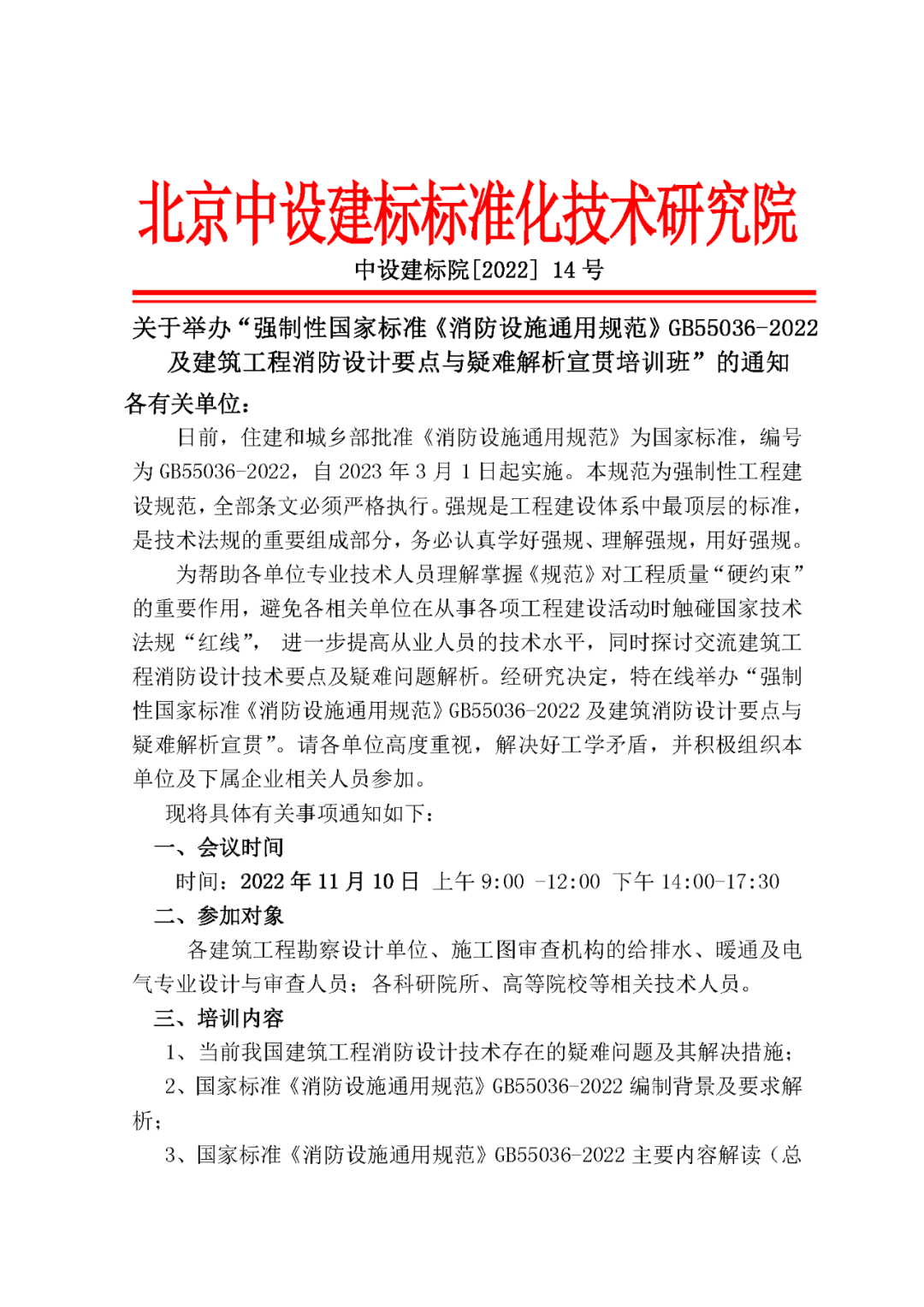The arrival of the era of low-carbon buildings has created new opportunities for the development of China’s building materials industry, but also put forward higher requirements.
Promoting near low-carbon buildings will drive the performance indicators of building materials, energy systems, renewable energy systems, automatic control systems and other building components in China to achieve leapfrog development and comprehensive upgrading from the supply side.
Relevant policies and financial subsidies of the state and local governments for low carbon buildings and low carbon building materials; 3.
How to develop buildings from low energy consumption buildings to zero carbon buildings and negative carbon buildings; 4.
Application status and prospect of recycled building materials in thermal insulation materials, ceramsite concrete, prefabricated buildings, passive buildings and other fields.
The theory, technology and practice of low-carbon building design, as well as the status and trend of green buildings at home and abroad; 2.
The relevant notice is as follows: Time/Place of the Conference: Low carbon Peer Cross border Symbiosis Conference Time: November 24-26, 2022 Conference Place: Shandong Pingyin Shungeng Tianxi Garden Hotel Organization Sponsor: National Building Materials Industry Technology Information Institute National Building Materials Industry Technology Supervision and Research Center Public Service Platform for Industrial Technology Foundation of the Ministry of Industry and Information Technology Undertaker: Jinan Housing and Urban Rural Construction Bureau Pingyin The county people’s government invited the media China Construction News, China Building Materials News, China Real Estate News, China Construction News, Sina.com, Fenghuang.com, Renmin.
Integrated collaborative design process, technical planning, mode coordination, plane, vertical and profile design, integrated design, node construction, component design and connection of low-carbon buildings; 6.
However, China does not have an industrial base for one-stop procurement of supporting materials.
The integrated design of low-carbon buildings and green building materials and the application of BIM technology in assembly; 8.
At the same time, the conference will also hold the “2022 National Low Carbon Building New Materials Innovation Technology Award (new wall, thermal insulation materials, doors, windows and curtain walls, waterproof materials, decoration)” award ceremony.
With the gradual mandatory implementation of low-carbon buildings, 20 provinces and cities have successively introduced 100 incentive policies, with a cumulative direct subsidy of 1.5 billion yuan, bringing about an additional market capacity of 7 to 15 trillion yuan.
The meeting focused on discussing the pain points and difficult problems that troubled the healthy development of the industry, such as the standards and specifications of low-carbon buildings, quality control, economic benefits, construction duration, price costs, and the connection of upstream and downstream industrial chains, as well as the conditions, measures, integration and optimization, technical development path, and how to exert efforts by all parties in the industrial chain of low-carbon buildings.
Low carbon building is a multi discipline, multi industry, multi field, multi region, multi industry cross cutting and mutually penetrating construction form.
All relevant units of the 2022 Seventh National Low Carbon Building and Green Building Materials Technology Exchange Conference: driven by the “double carbon” goal and market demand, low carbon buildings represented by prefabricated, ultra-low energy consumption and near zero energy consumption buildings are rapidly entering a benign development channel.
Key points of low-carbon building design, construction technology, common technical problems and solutions; 7.
Design method, construction technology, acceptance standard and case analysis of prefabricated building structure; 9.
Application analysis of fresh air, heat pump, solar energy and biomass energy in low-carbon buildings; 13.
Application of BIM technology in EPC project design and construction integration; 12.
1.
com, Xinhua.com, NetEase and other major topics.
Combined with typical engineering application cases, the key technologies such as production, engineering design, construction and acceptance of modern structural system components in the construction industry are explained; 11.
In order to strengthen the collaborative coupling of building materials and buildings and help achieve the “double carbon” goal, the National Institute of Building Materials Industry Technology Information and other units are scheduled to hold the “2022 Seventh National Low Carbon Building and Green Building Materials Exchange Conference” in Pingyin, Jinan, from November 24 to 26.
In order to accelerate the sustainable development of low-carbon new building materials in China, the National Institute of Building Materials Industrial Technology Information will work with the People’s Government of Pingyin County to plan and build a low-carbon new building materials industrial park covering an area of 8500 mu, forming a truly meaningful ecosystem, Systematically promote China’s low-carbon building industry to a better future.
Highlights and policies of the activity guide authoritative experts, government agencies, associations and upstream and downstream enterprises to attend the conference, comprehensively and deeply implement the “double carbon” development goal, and comprehensively understand the development trend and industrial policies of low-carbon building industry; Technology led many leading low carbon building enterprises and new material enterprises to participate in the conference, displaying products, sharing ideas, participating in the forum, and comprehensively promoting the transformation and upgrading of low carbon building industrialization, digital and intelligent buildings; Industrial collaboration connects the upstream and downstream industrial chains of low carbon buildings, collaborative management of the whole life cycle of buildings, and the whole industrial chain ecology of low carbon building design, structure, interior decoration, new energy, modular technology, parts, and green building materials to coordinate industrial development; A gathering of exchange and cooperation decision-makers, gathering the most direct and authentic information on resource cooperation, and building the most high-end and pragmatic exchange and cooperation platform..
What new ideas and opportunities will there be in the design, materials and technology of architecture under the dual carbon opportunities; 5.
During the “Fourteenth Five Year Plan” period, low carbon buildings will be the highlight of the industry.
Solutions for ultra-low energy consumption building doors and windows, fresh air, air tightness guarantee, etc; 10.


